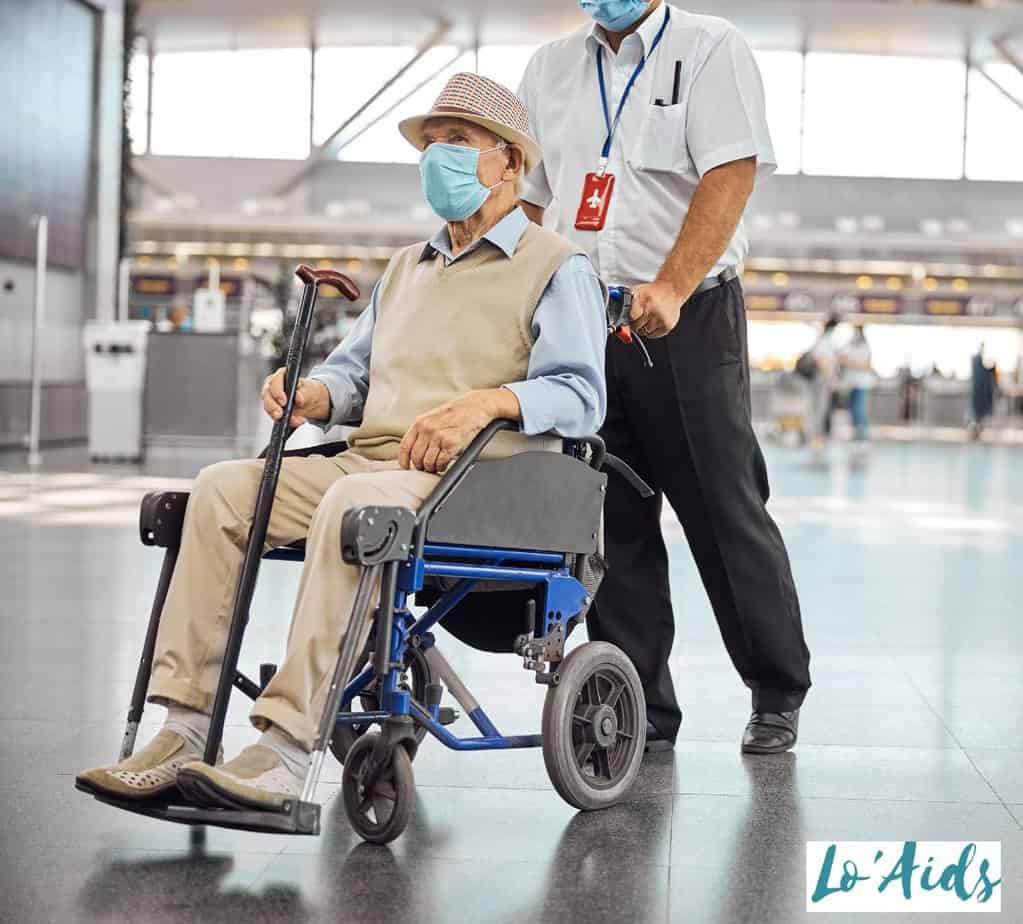This is Part 2 of a 3 Part Series – Part 1 is HERE – Part 3 is HERE
Table of Contents
Walking Poles vs. Canes – Selecting the Ideal Walking Pole
Distinguishing Between Walking Poles and Canes

Canes are primarily employed to provide support for individuals facing mobility challenges stemming from issues, surgeries or injuries. They can offer stability and relieve pressure on a painful leg.
On the other hand walking poles (often used in pairs for activities such as strolling or hiking), serve a purpose beyond balance assistance.
They engage the body muscles, encourage posture and evenly distribute effort between arms and legs, transforming walking into a full body workout. Understanding this contrast helps older adults select the mobility aid based on their specific needs.
Selecting the Right Walking Pole
If you’re thinking about giving walking poles a try it’s important to pick ones that suit your needs and get the hang of using them. The key is to find walking poles that are comfortable, durable, and a good fit for your height and activity level. Here are some things to keep in mind.
Size
The perfect length depends on how tall you’re the type of walking you typically do. A simple way to determine this is to hold the poles with your elbows bent at angles and your forearms parallel to the ground. In this position the tips of the poles should touch the ground while keeping your wrists relaxed.
Weight
The weight of the poles impacts how easy they are to carry and swing around. Look for poles that strike a balance between being light enough not to wear you out but not so light that they feel weak or wobbly. The weight can vary based on factors like material, design and features.
Material
The material used affects their strength, longevity and cost. Aluminum and carbon fiber are two options. Carbon fiber tends to be pricier, lighter and better at absorbing shock than aluminum. They can also be more fragile. For walks or hikes both materials should work fine; just go with what feels best for you.

Grip
The grip plays a role, in how comfy and secure the poles feel in your hands.
Select a handle that suits your hand size and shape as the weather conditions you typically walk in. The popular handle materials are cork, rubber, foam and plastic. Cork offers comfort and breathability by conforming to your hand shape and absorbing sweat. Rubber is known for its durability and shock absorption. It may lead to blisters in warmer climates. Foam handles are lightweight and gentle on the hands providing both cushioning and insulation.
Adjustability
Opt for poles that can be easily adjusted in length to accommodate terrains and personal preferences. Common methods of adjustment include twist, lever and push button locks. Lever locks are favored for their ease of use offering a grip and swift adjustments.
References





